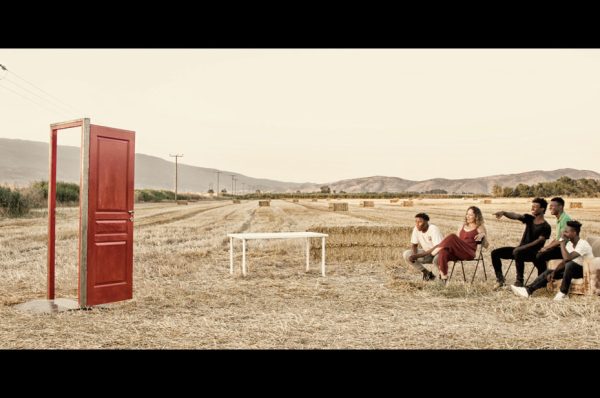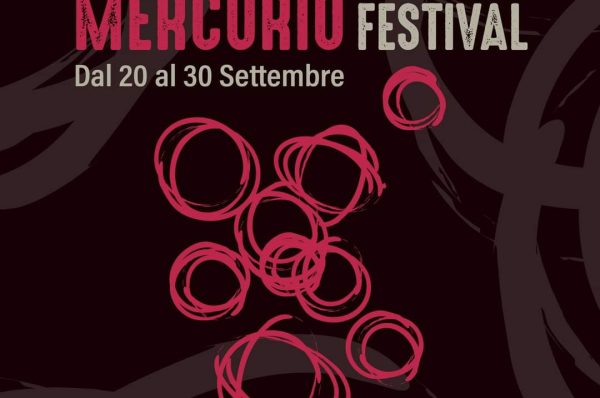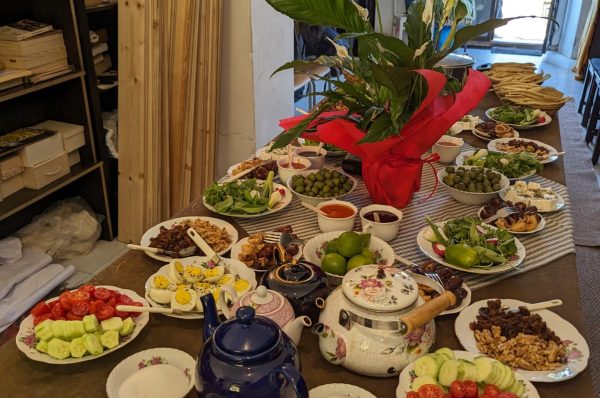Cross-Borders, Cross-Media & Multidisciplinarity
Theatre is historically a multidisciplinary art that involves various elements such as acting, set design, music, dance, and spoken word. Moreover, Theater can become a place of meeting and dialogue between different cultures, favouring multiculturalism.
Cross-media, on the other hand, can enrich theatrical productions by allowing content to be distributed across multiple platforms and offering a broader engagement experience.
Starting from these assumptions, Progetto Amunì has decided to entrust performers with a series of reflections on concepts that are seemingly similar to each other, but potentially investigable in the details of their meanings:
- Border, Limit, Frontier, Perimeter, Edge, Margin, Borderline, Fringe –
We have decided to proceed with intensive laboratory sessions, three artistic residencies dedicated to the project of about fifteen days each, adding smaller labs to focus on each concept.
We have conducted a first session dedicated to the project’s topics, and its poetic and scenic languages yet to explore: a brainstorming session in which these young people were involved as creators, carriers of ideas, and points of view.
Here are, briefly, the first suggestions and notes:
- The Border is an important element in defining spaces and relationships. It can be physical, linguistic, musical, or spacial, and its definition can influence people’s perception of the world around them.
- The Margin, on the other hand, can be seen as a transitional zone between two spaces, where different cultures can meet, and exchanges and dialogues can take place.
- Regarding the use of new technologies, such as QR codes or Airdrop technology, it is important to consider limits and borders to ensure people’s safety.
- We have also investigated how important it is to reflect on what unites us as human beings, rather than focusing on differences, and to promote inclusion and cultural diversity in society, even in terms of technological knowledge and educational and economic opportunities.
- Theatre can also be a place to explore the boundaries of communication and relationships, to address delicate issues such as sexuality, physical appearance, the past, and social judgement, which are often seen as personal limits.
- Finally, the importance of reflecting on the difference between “invasion” and “interaction” between different cultures has emerged, and the struggle of trying to create spaces for meeting and dialogue that foster mutual understanding.
The sum of these reflections has brought everyone to agree that Theater can become an ideal place for this type of cultural exchange, remaining halfway between the private and the political.





